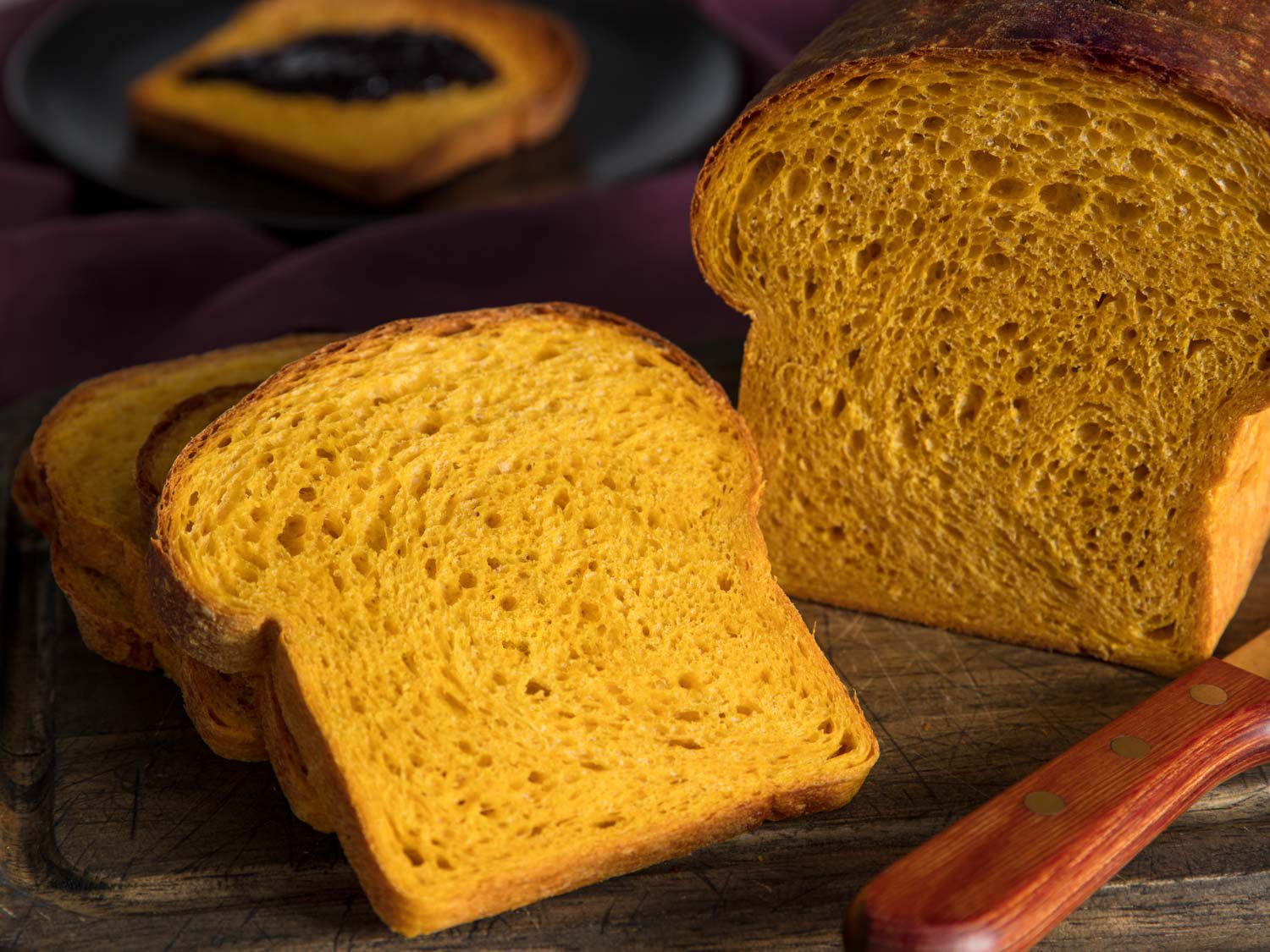Korean Chicken and Rice Porridge (Dak Juk)

[Photographs: Vicky Wasik]
Juk is Korean savory rice porridge, and it comes in many forms. The grains of rice can be fully ground, partially ground, or left whole, for a range of potential textures. Add-ins can be anything from chicken or beef to abalone, jujubes, nuts, pumpkin, and more. Its generally mild flavor and soft texture make it the kind of comfort food that’s ideal for feeding the sick, the elderly, and babies, but it’s definitely not limited to those groups—anyone can enjoy a warming bowl of juk at any time.
This recipe is for a classic dak (chicken) juk, and while it’s a fundamentally simple preparation, there are a few key details that ensure great results. Firstly, you’ll want to mince the vegetables (in this case, that’s carrot, onion, and zucchini) as finely as possible—ideally to a size comparable to the grains of rice themselves, allowing a seamless textural interplay of vegetables and rice. Cut larger, and the vegetables in this particular recipe seem clunky and awkward.*
*Do note that our recipe times do not include prepping the ingredient list, so if your knife skills aren’t great, you should allot extra time for all that fine chopping.
Also critically important is the quality of the broth you use. Yes, you can make a quick juk with store-bought stock and some bits of leftover cooked chicken, but you’ll get far better flavor if you make your own. This is a dish of few ingredients, after all, so the ones you use really show through. It’s not too much trouble—just simmer a whole chicken in a pot with water and aromatics—but it does take some time, since you need to make the broth first (though that time coincides with the soaking time for the rice, so you’re not really speeding up the process if you skip making the broth from scratch).
Finally, it’s crucial that you sauté the rice in oil before adding the broth. This develops the rice’s flavor, just as it does in an Italian risotto. Furthermore, Serious Eats recipe contributor and Korean-cooking expert Seoyoung Jung says that toasting the rice also helps ensure the grains remain whole even as they meld into the porridge, a texture that she describes as “still alive,” and one that’s important to a well-made juk of this style.
Published at Tue, 10 Mar 2020 13:00:07 +0000




